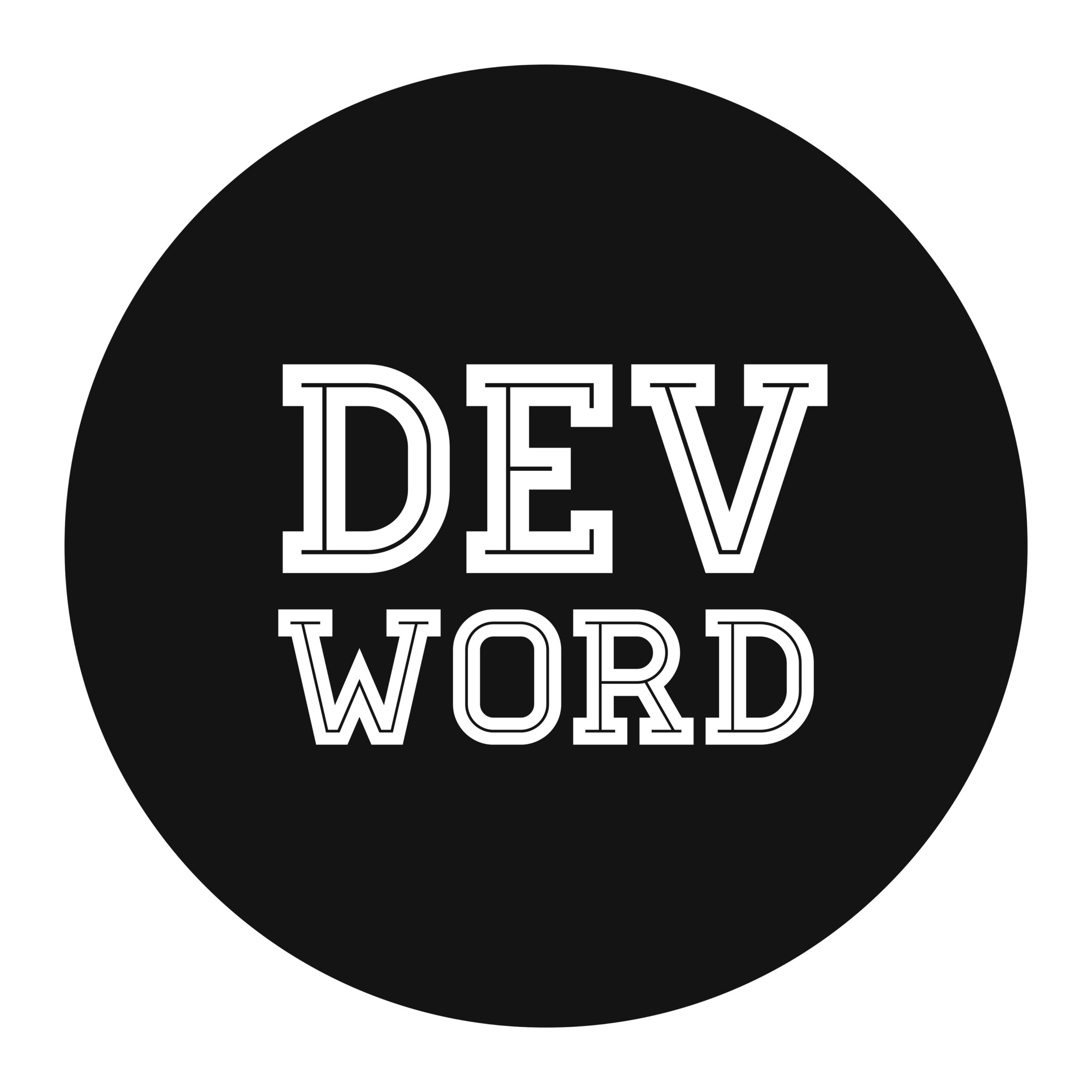
While the world continues to scramble to contain and overcome the pandemic, businesses will do whatever is necessary to ensure continuity and survival. To grow and thrive in a world post-COVID-19, companies need to demonstrate fast digital transformational capability into a pandemic-proof organizational model.
Customer behavior, media consumption, and employees’ expectations have changed overnight. Leaders that aim to keep their companies afloat as we are heading into the new normal need to become sharply aware of the consequences of the pandemic and the possible scenarios. In this article, we are going to dive into the pillars that need to be prioritized by companies that aim to thrive, not just survive, in a world plagued by substandard and outdated leadership.
A change of vision
According to McKinsey’s survey, the COVID-19 crisis marks the fundamental shift in the way companies are doing business. The research shows that companies have taken a quantum leap at organizational and industry levels, accelerating their digital capabilities by three to four years, particularly for customer interactions and supply chains. The share of digital or digitally enabled products on their portfolio has accelerated by a shocking seven years.
Two new-age technologies in the spotlight
Quantum computing and Blockchain are two new technologies that stand out and can be leveraged to further push the digital transformation. Even though a commercially viable quantum computer is not attainable yet, experts believe managers should prepare by focusing on vigilance and visioning.
Vigilance involves monitoring how quickly technological milestones are reached, while visioning refers to using quantum computing to identify future needs, opportunities, and weaknesses.
Blockchain solutions could be core enablers of the increasingly digitalized post-COVID world, providing plenty of opportunities for corporations and small businesses alike. The first thing a company of any size can do is accept cryptocurrency as a payment method, reducing transaction costs and proving a commitment to digital transformation.
Decision-making process improvement
The traditional executive mindset is well equipped for the “business as usual” environment, where decisions are based on plans and projections that assume stability. Leaders must make up for uncertainty by acting more quickly in a disruptive world, defined by urgency and imperfect information. Aside from implementing agile technology solutions able to suggest data-driven solutions, there needs to be a shift in mindset as well. When operational or tactical decisions need to be made, one of the most daunting challenges organizations experience is devising a strategy, learning, adapting, and fixing potential mistakes.
Management 3.0
As stated above, leading a post-COVID organization requires more than adopting new-age technologies. Making company culture a top priority and ensuring that everyone in your organization is aligned around the formulated values, switching from performance evaluation to performance coaching, and investing in your employees’ development could set a foundation of stability that’s challenging to shake up in times of crisis.
In the past, a manager was expected to be a high achiever and hold a stuffed CV, but today’s leaders must be able to connect with employees at an emotional level and generate alignment in their teams. This is what separates good from outstanding leadership. In this era of workplace transparency and flattened organizational structures, people want to work for someone who understands, inspires, and supports them.
COVID killed the traditional workplace environment
The most apparent impact of the pandemic is the increase in people across various business verticals working remotely, having leaders realize that providing employees with the opportunity to work on their terms is more productive.
A survey conducted by McKinsey in 2020 showed that some companies intend to shift to flexible workplaces due to the positive experience with remote work and even reduce office space by 30%. Of course, specific endeavors such as brainstorming sessions, negotiations, onboarding, and critical business decisions are best done in person.
Complete flexibility in the post-pandemic workplace
COVID clearly showed us that focusing on employees’ wellbeing drives better ROI than overworking them and sticking to outdated rules such as the 9-to-5. Fewer working hours are more efficient and productive in countries like the Netherlands, as workers motivated by the prospect of an extra day off are more likely to focus on completing their tasks and forgo typical distractions.
Complete flexibility does not imply a lack of structure. Leaders who want to keep their employees happy and productive should start by understanding their needs, as certain flexibility models should be applied at an individual level. While some employees may opt for unlimited PTO, others prefer a shortened workweek or remote work. Others are more creative and productive working at night. Perhaps the only rule of thumb is to focus on achievements rather than hours logged.
Moreover, many high-profile companies like IBM, Netflix, Buffer, LinkedIn, and Kickstarter adopted a premise that may sound audacious at first: unlimited holidays. Providing employees with the option to take more time off improves work-life balance and attracts new talent, as it tells people they are trusted enough to manage their workload and tend to their personal issues.
Plus, everyone with internet access has seen that meme stating that “COVID made us all realize how many meetings could’ve been an email.” The conclusion that leaders could drive from such a joke is that they should prioritize optimized meetings and processes in the post-COVID world.
The bottom line
Companies that will succeed after emerging from the COVID-19 pandemic will be those that didn’t rely on egotistical, non-productive leadership and made a conscious decision to strive for digital transformation, mindset changes, and flexibility. In the current framework, where resource constraints are a common-day challenge and one’s ability to deal with change is critical, companies need to optimize and transform their business models to align operations to emerging market challenges.
The companies that focus on quickly implementing efficient changes and making big-bet decisions to adjust their internal and external processes to a volatile business landscape will be those to thrive in the post-COVID world and beyond.
